5 Types of car headlights: Explained
Headlights are one of the most essential parts of the car when driving down a dark and dingy road. It helps to light the road ahead, warns the oncoming traffic about your presence, and does much more. Headlight technology has come a long way from Carbide lamps used in the early days of cars to laser lights of the modern era. There are numerous types of headlights that are being used by manufacturers. Today, we list down five main types that are being mostly used:-
Halogen
Halogen headlights are the most widely used type of headlights that you will find in almost every car. A halogen bulb works by sending electricity through the tungsten filament placed in a glass capsule filled with halogen gas. The gas is extremely heat resistant, and so, the filament, once supplied with electric current, begins to heat and glow. This is the reason that the light that halogen bulbs emit is yellow.
Also read: This is the sportiest Maruti 800 you will ever see (Video)
Halogen bulbs are not very efficient–a lot of energy is wasted as heat. As a result, the light throw is just around 100 metres.
Xenon or HID
High-intensity discharge(HID) or Xenon headlight is a bit similar to CFL (compact fluorescent light) bulbs that we used to use in our homes. There is no filament required in Xenon headlights. Instead, it works by creating a high voltage area between two electrodes. The remaining space is filled with Xenon gas. These types of bulbs take a bit of a time to reach their maximum brightness because they need some time to heat up. But once they reach their peak brightness, they emit a bluish-white light. Because they take a bit of time to warm up, the Xenon headlights are used in conjunction with some other type of headlight, which is used as a high beam.
HID headlights are a lot powerful and brighter than the conventional halogen headlamps and have a throw of around 200 to 250 metres.
LED
Light-emitting diodes or LEDs as they are popularly known, work by flowing electricity through light-emitting diodes. The process of LEDs is relatively simple and they don’t need any warm-up time and there is almost no heat emitted. They are the most energy-efficient and produce bright light. They are easy to retrofit to any headlamp and light up instantly.
One more advantage is that you can use them in different ways, shapes and they can throw light up to 300 metres. You must have seen the LED technology on premium cars that make various shapes through the use of LEDs.
Matrix
Matrix lights are also known as pixel lighting. Many different individual LEDs are used to make a headlight, and all of them are independently controlled. A camera is mounted behind the inside rearview mirror, which can detect the headlight and taillight of cars. When the system detects a vehicle, it turns off the individual LED so that the driver of other cars is not dazzled. So, the headlights do not project the light vertically as well as horizontally on vehicles. This way,a driver can use high beam headlights even if there is oncoming traffic.
Lasers
Laser lights are the most advanced type of headlight technology that is available in the market. This is the reason they are the best in class, but they are also the most expensive one. Laser lights energize a gas with the help of lasers. Because of this, the gas glows extremely bright. The most significant advantage of laser lights is that their throw of the headlight is significantly better than any other type of headlight. These are mostly used on high-end premium cars, or they are available as an option, but they also cost significantly more. Laser lights can illuminate about 600 meters of the road ahead.
These are the main five types of headlights that are being used by the manufacturers. Just like any other technology, as time passes, the technology will evolve more, and it will be able to trickle down to vehicles, which cost much less.
Also read: Tiger Shroff backflips over a speeding Ferrari (Video)

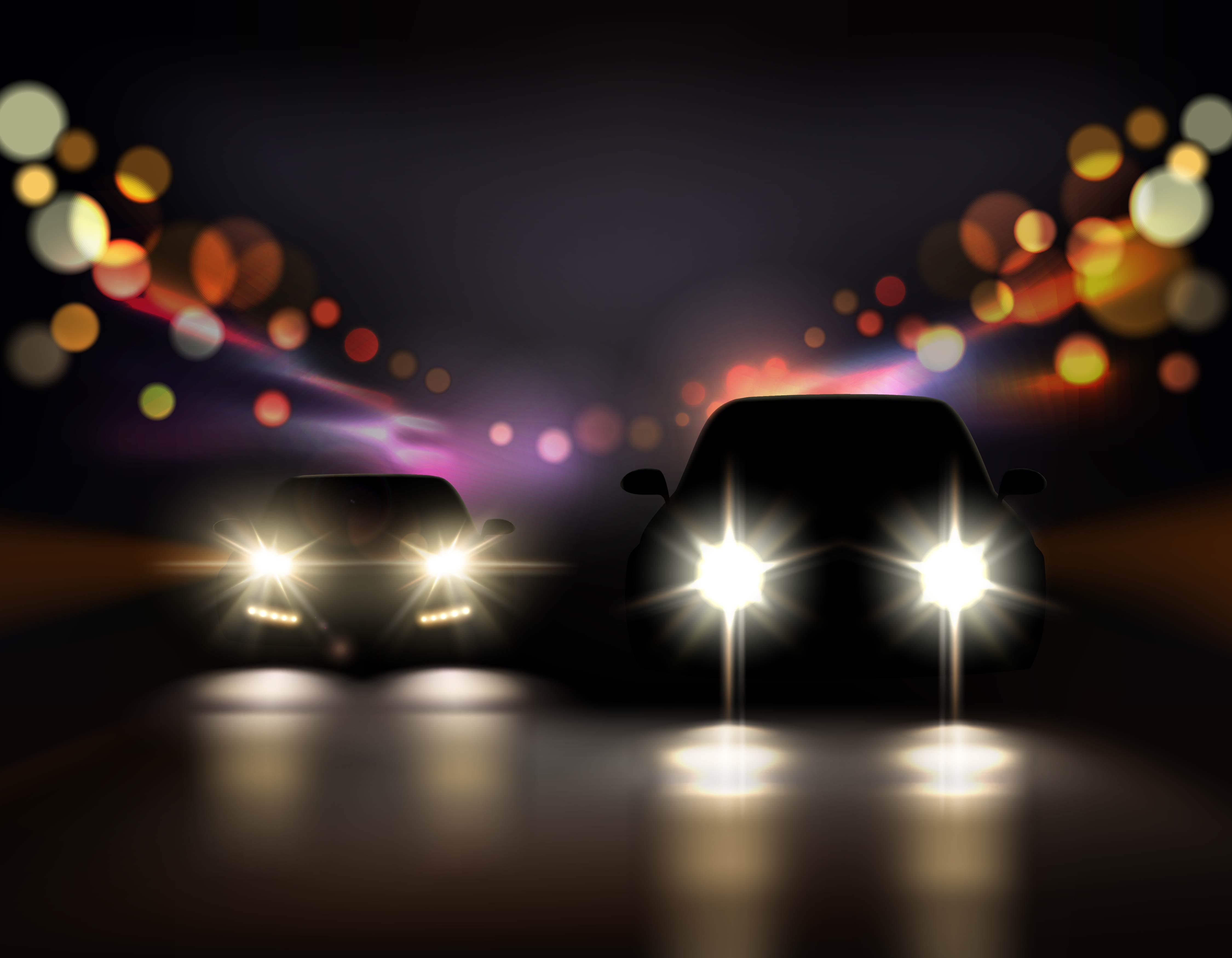
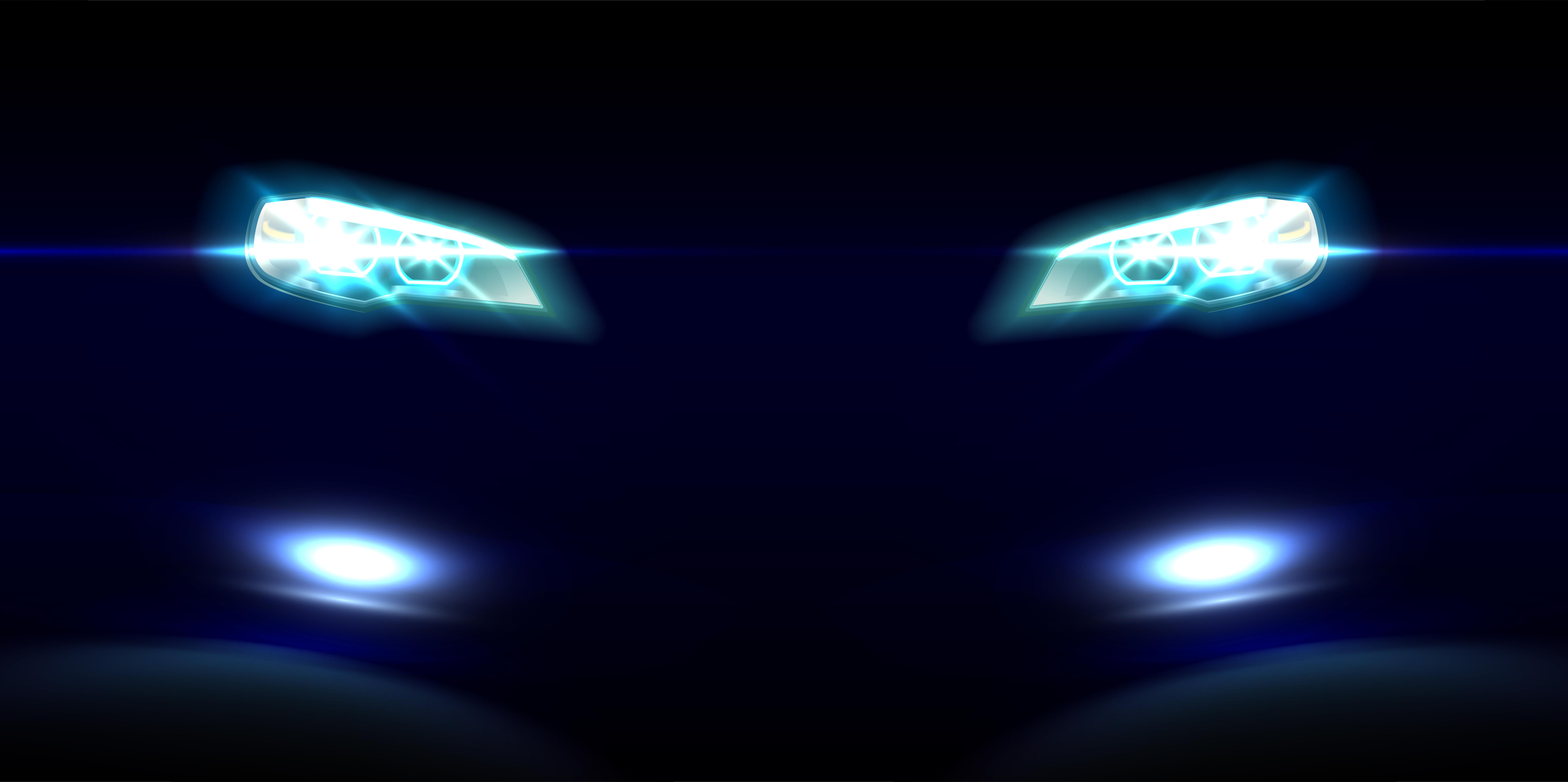
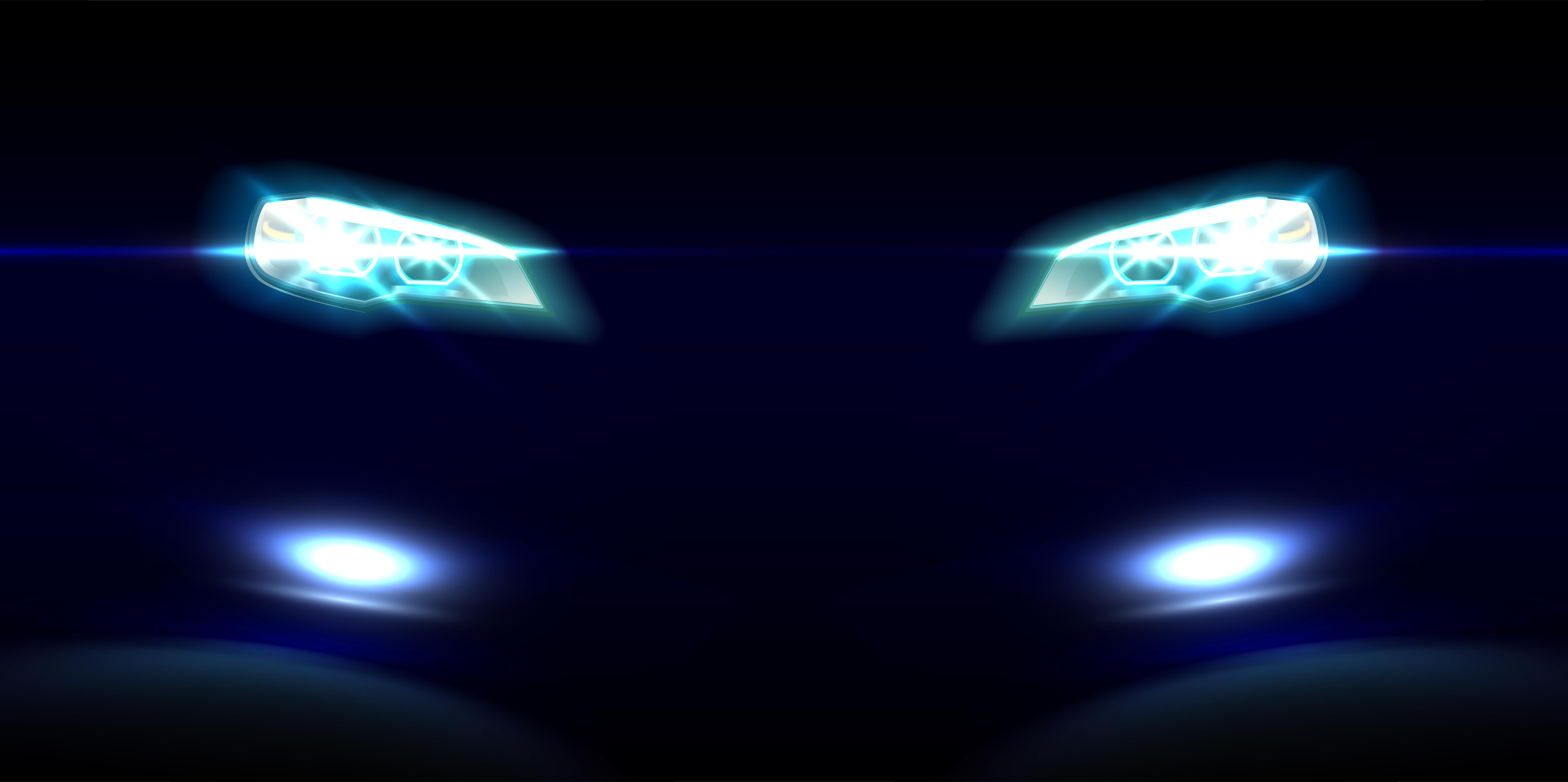
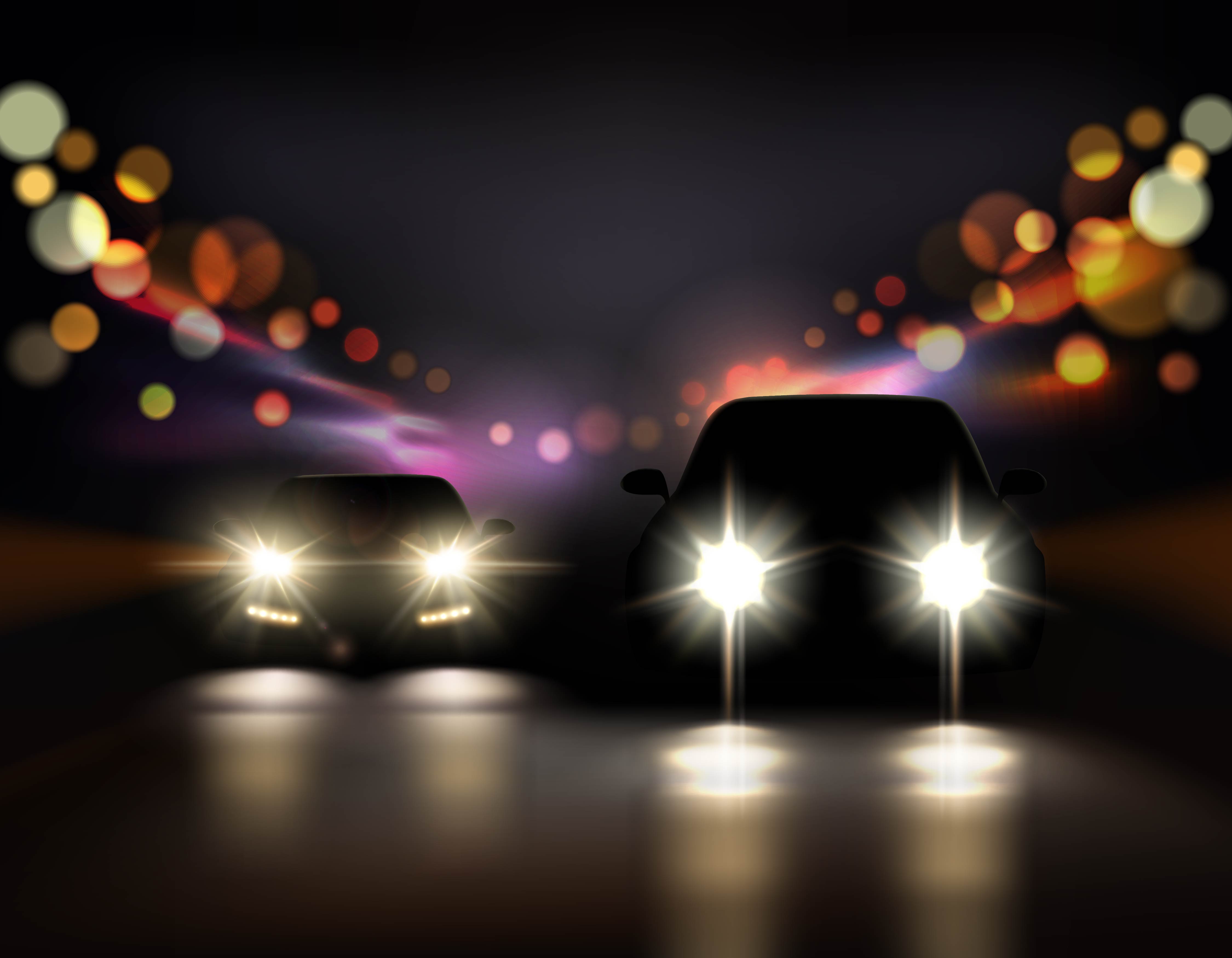
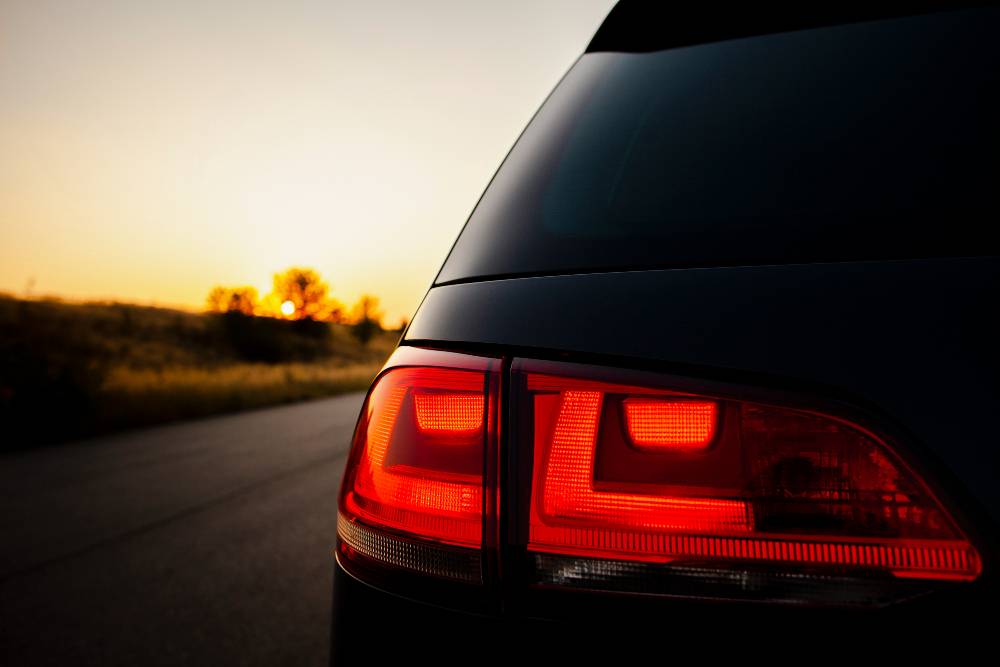
ReplyDeleteBuy Car Accessories in Lahore